Dark Souls 2’s critical reception was extremely positive at launch in 2014. Today, however, you’d think the opposite based on recurring discussions about FromSoftware’s oeuvre. With Elden Ring and its Shadow of the Erdtree expansion now in the rearview, I can’t help but ponder what we should want from a theoretical second chapter.
Though FromSoftware president and regular director Hidetaka Miyazaki recently shot down the notion of Elden Ring 2 happening anytime soon, it’s hard to imagine a future where the powers that be don’t push it through, especially after the epic open-world RPG broke sales records for the company. When (not if) this happens, what should be the reasonable expectation?
Well, I personally want it to be nothing like Dark Souls 2, that’s for sure. While I don’t think it was a bad game, it certainly didn’t feel like the right follow-up to the modern classic that Dark Souls turned out to be. After a profoundly bumpy dev process, the game we received was a fascinating mess. Sure, it worked and was mostly fun to play, especially after the Scholar of the First Sin rework, but I can’t overlook its disjointed and janky nature.
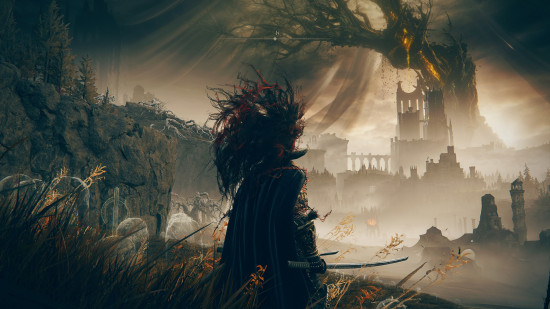
Now, you might be wondering why I’m talking about Elden Ring 2 when the Nightreign release date is likely just around the corner. Its announcement at The Game Awards came out of nowhere and caused a collective scream of confusion before we all realized it wasn’t a sequel but a roguelike spinoff designed first and foremost around co-op. While it’s hardly a replacement for an Elden Ring 2, its fan reaction might help define future FromSoftware projects, whether they’re Elden Ring-related or not, especially if it proves to be the studio’s biggest deviation from the formula established in Demon’s and Dark Souls all those years ago.
While we’re talking similarities and changes, one of the clearest links between the first Dark Souls and Elden Ring is their delightfully interconnected areas. Of course, the latter had more space to grow, but this statement relates to the design philosophy behind both games. The Lands Between feel every bit as connected and lived-in as the comparatively tiny Lordran. By going bigger, the studio didn’t sacrifice the Metroidvania feel that rounded off Dark Souls’ crushing take on fantasy RPGs. The larger scale caused friction on other fronts though (more on that later).
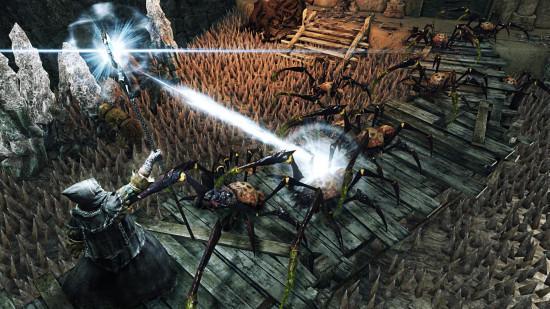
Dark Souls 2’s Drangleic, on the other hand, resembles a bunch of ‘streets’ filled with dead ends linked to an admittedly lovely central hub called Majula. Overall, it’s a fractured game that we know wasn’t the product of careful planning but the result of a tumultuous development, only worsened by a tight deadline. When Dark Souls 3 arrived two years later, Miyazaki’s firm guiding hand was felt once again.
Even if the Tomohiro Shibuya and Yui Tanimura team-up hadn’t broken off halfway through development, Miyazaki’s absence (justified at least by the all-timer that is Bloodborne) almost killed the series’ signature approach to world and enemy design during its teenage phase. Despite its glowing launch reviews, the FromSoftware legend admits it was the one project that taught them many valuable lessons.
By all accounts, and regardless of what happened behind the scenes, Dark Souls 2 would’ve always been a more experimental game for FromSoftware. It’s hard to imagine the studio thinking the original Dark Souls would resonate with as many gamers as it did, even if Demon’s Souls was a sleeper hit on PS3. That is part of why I don’t particularly hate Dark Souls 2 despite it being a marked step down from its predecessor.
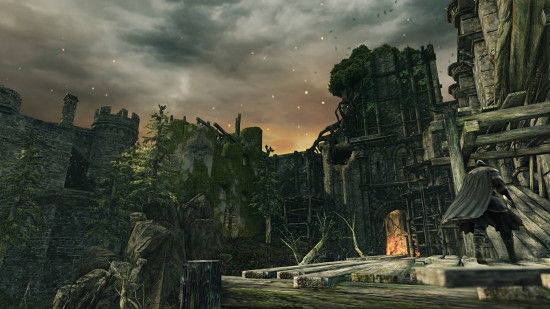
So the overall world structure didn’t work, and far too many areas were just variations of dusty ruins, but I’m also happy to admit it’s often stunning and picturesque in its own distinct way. Likewise, covenants felt more meaningful and less frustratingly obtuse. Combat also saw some improvements (though Adaptability’s effect on I-frames remains contentious). The list goes on and on. Dark Souls 2 ain’t that bad; it’s just a bit too sauce-less.
It did, however, fumble enemy designs nearly as badly as the interconnectedness of its decaying world. There are only so many variations of giants and lanky humanoids you can cram into your dark fantasy RPG. Sure, there were a few cool monsters and deformed animal enemies here and there, but Dark Souls 2’s bestiary and collection of evildoers pales in comparison to FromSoft’s best work. Just compare them to what the Bloodborne team came up with, for instance.
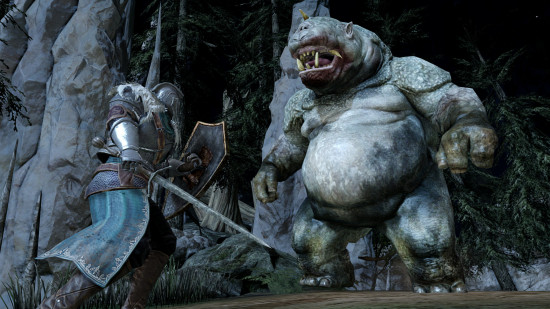
A potential Elden Ring 2 should be allowed to experiment in the same way as Dark Souls 2, but that’s no excuse to repeat past mistakes. We saw what happened when the studio rushed into a full-scale follow-up last time around. The jury is still out on whether Nightreign (directed by Junya Ishizaki) will have the juice or end up feeling like an obligatory stopgap to appease Kadokawa shareholders, but maybe going smaller is, for now, the right call.
“Where FromSoftware is right now, in terms of scale, I would say Elden Ring is really the limit,” Miyazaki stated earlier this year ahead of Shadow of the Erdtree’s launch. In the middle of an era when almost every series seems to be chasing the huge open-world whale, it’s reassuring to hear a creative sidestep the endless pursuit of greater and greater scale.
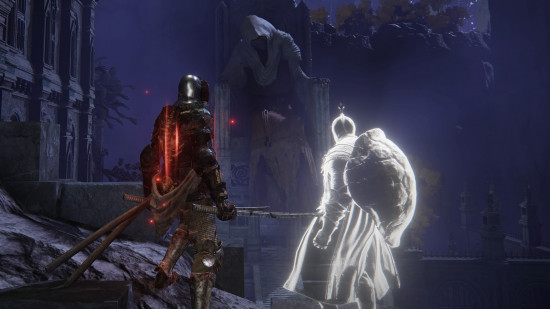
Elden Ring remains one of my favorite videogames of all time. Period. But it’s easy to spot where FromSoftware spread its resources too thinly in the pursuit of creating a king-sized odyssey: several minor dungeons and crypts feel copy-pasted or reminiscent of the monotony of Bloodborne’s procedurally generated Chalice Dungeons, and the same goes for some of the bosses whose only differentiating factor is their name.
Elden Ring’s weak points are in some ways similar to what hurt Dark Souls 2: the idea that it had to be a bigger and meaner take on FromSoft’s soulslike formula, just because. Elden Ring made it work in the end, no doubt in part due to its longer development time, but a full sequel can’t – and seemingly won’t, if Miyazaki’s comments hold true – chart the same path.
So how should Elden Ring 2 look and feel? I can’t pretend to know more than FromSoftware, but Dark Souls 3 always seemed like a sensible and introspective continuation of the original; the rare sequel that dared to question what came before while presenting itself as a nostalgic adventure on the surface level. It was in conversation with its predecessors without feeling like a straightforward rehash, and that’s the kind of return to the Lands Between I’d like to see. For now, we wait.
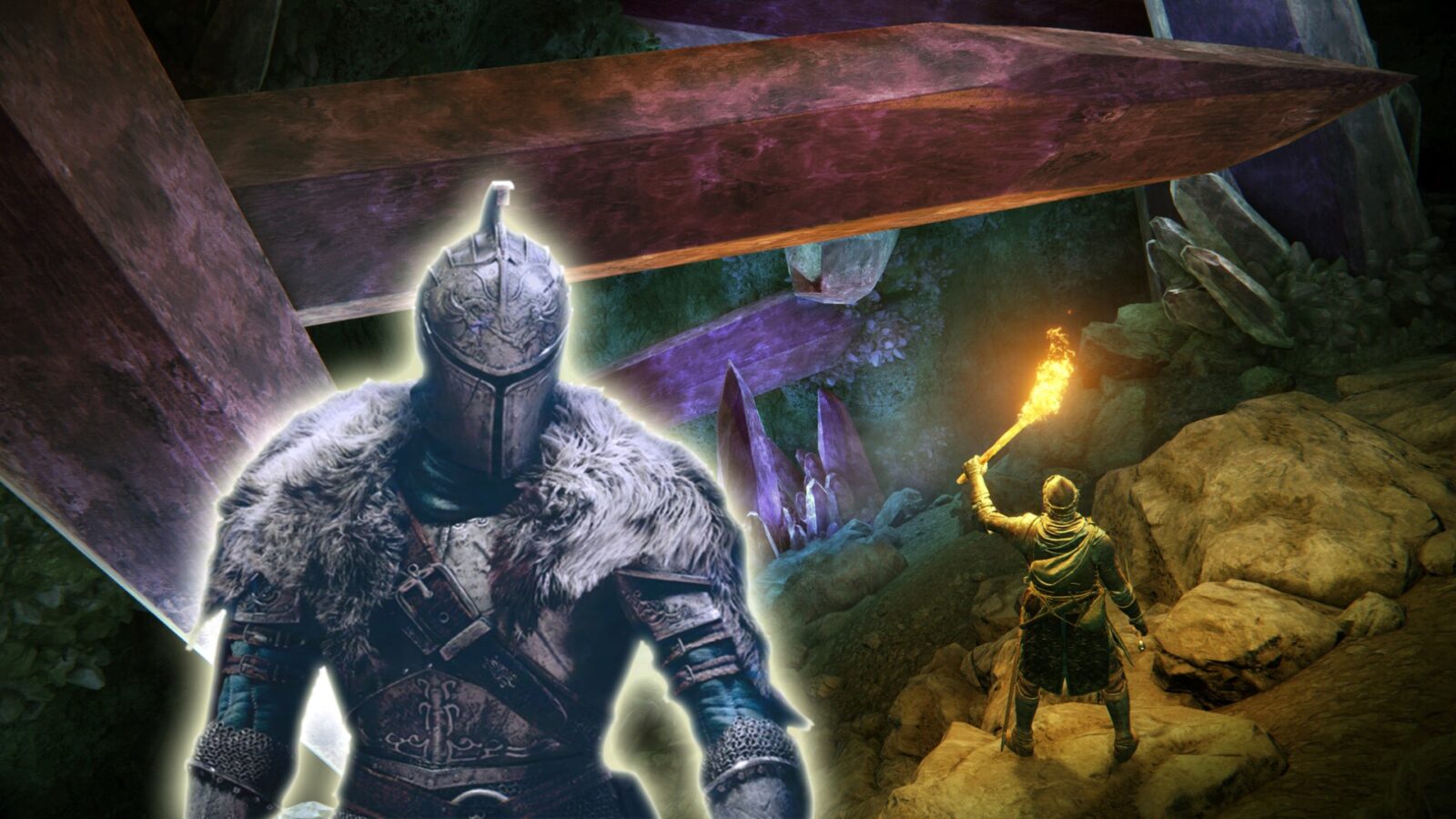
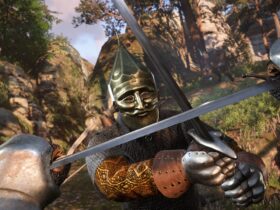

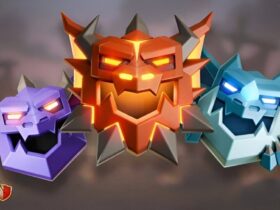

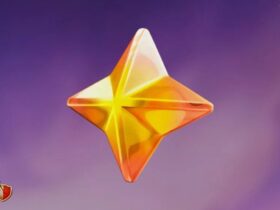
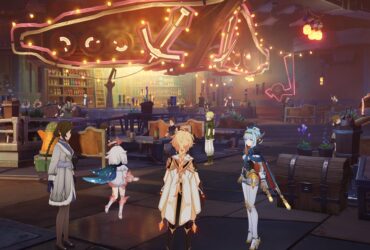
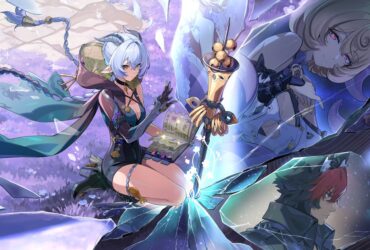




Leave a Reply